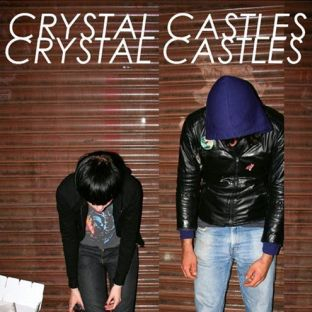"Situated at the foot of the southern slopes of the Acropolis, the new €94 million complex will provide a central unifying focus for the archaeological sites clustered around the monument."Bernard Tschumi won this international competition in 2001; this year has seen the completion of the building itself and has marked the start of the curatorial process for the exhibitions. Although parts of it are already in place, during excavations for the supports a small town called Makriyianni was found as "the excavations unearthed important ruins, including private houses of the early Christian era (400-600AD), and more than 50,000 portable antiquities".
The new museum is what Tschumi calls an anti-Bilbao museum. It does not intend to attract visitors with fascinating architectural shapes that resemble abstract sculpture. Maybe the reason is that it had, what probably is, the greatest competition, the already considered perfect Acropolis Complex of buildings and temples. Tschumi rather decides to retract from his usual dramatic architecture, and created the museum that the Acropolis needed, delivering a "heart-stopping sense of space and light."
"How to make an architectural statement at the foot of one of the most influential buildings of all time; how to design a building on a site already occupied by extensive archaeological excavations and in an earthquake-prone region; and how to design a museum to contain an important collection of classical Greek sculptures and a singular masterpiece, the Parthenon frieze, currently still housed in the British Museum."Bernard Tschumi

The museum is built on top of the 2,500 square meter archaeological site of the town Makriyianni, levitating atop slender columns, respecting the past. And as you come into the building, you walk on the glass floors that allow you to view the ruins of the excavated town.
Transcribed from Bernard Tschumi's website:
"Three concepts turn the constraints of the site into an architectural opportunity, offering a simple and precise museum with the mathematical and conceptual clarity of ancient Greece.
A concept of light
More than in any type of museum, the conditions animating the New Acropolis Museum revolve around light. Not only does daylight in Athens differ from light in London, Berlin or Bilbao; light for the exhibition of sculpture differs from that involved in displaying drawing or paintings. The N.A.M. could be described as an anti-Bilbao. It is first and foremost a museum of natural light, concerned with the presentation of sculptural objects within it.
A movement concept
The visitor's route forms a clear three-dimensional loop. affording an architectural promenade with a rich spatial experience extending from the archaeological excavations to the Parthenon marbles and back through the Roman period.
Movement in and through time is a crucial dimension of architecture, and of this museum in particular. With over 10,000 visitors daily, the sequence of movement through the museum artifacts is conceived to be of utmost clarity.
A tectonic and programmatic concept
The base of the museum design contains an entrance lobby overlooking the Makriyianni excavations as well as temporary exhibition spaces, retail, and all support facilities.
The middle is a large, double-height trapezoidal plate that accommodates all galleries from the Archaic period to the Roman empire, with complete flexibilty. A mezzanine welcomes a bar and restaurant with views towards the Acropolis, and a multimedia auditorium.
The top is the rectangular Parthenon Gallery around an outdoor court. The characteristics of its glass enclosure provide ideal light for sculpture, in direct view to and from the reference point of the Acropolis. The Parthenon Marbles will be visible from the Acropolis above. The enclosure is designed so as to protect the sculptures and visitors against excess heat and light. The orientation of the Marbles, which will be exactly as at the Parthenon, and their siting will provide an appropriate context for understanding the accomplishments of the Parthenon Complex itself."
View Larger Map
Sources:
The New York Times
http://www.tschumi.com/
The Tommy Flynn Index


1 comment:
Post a Comment